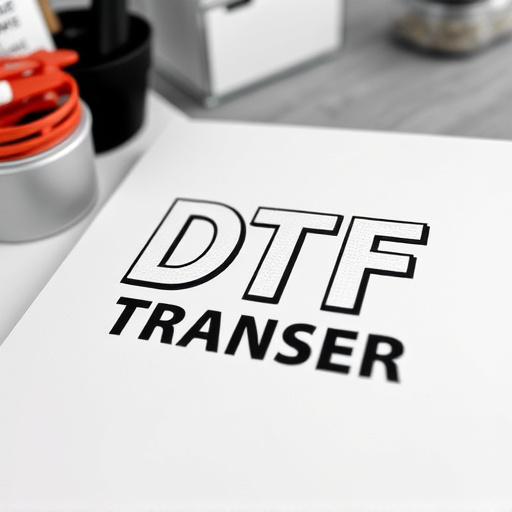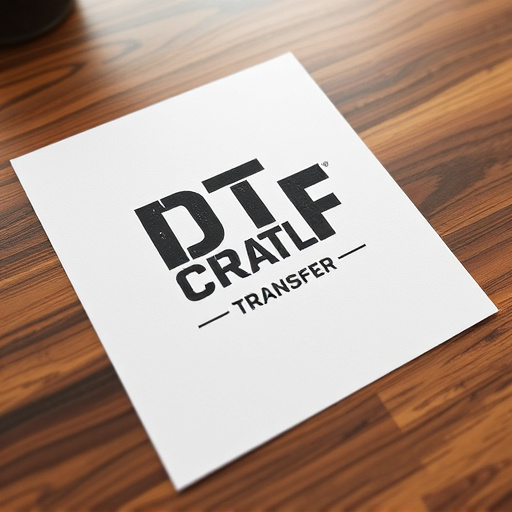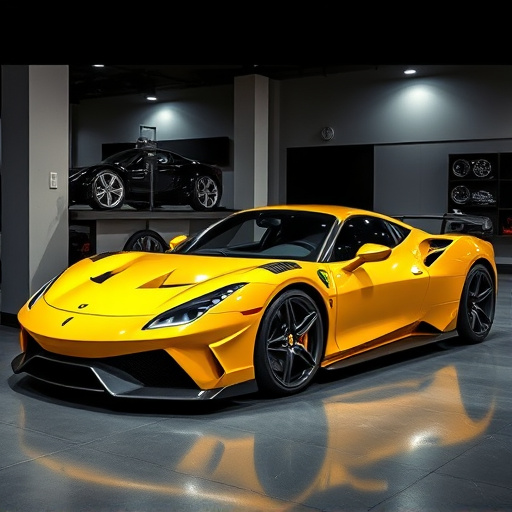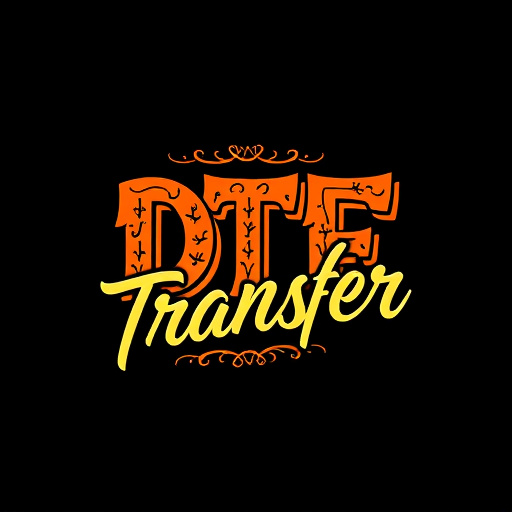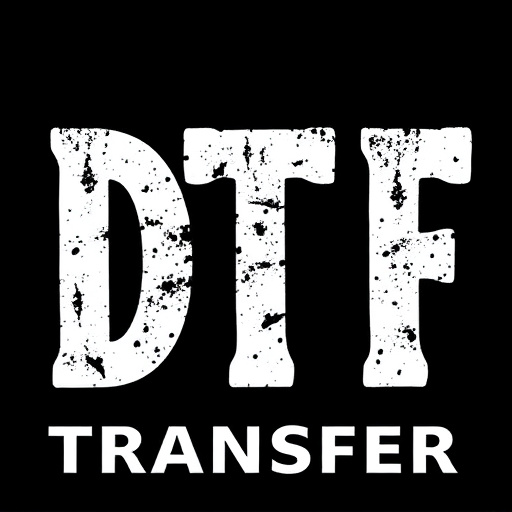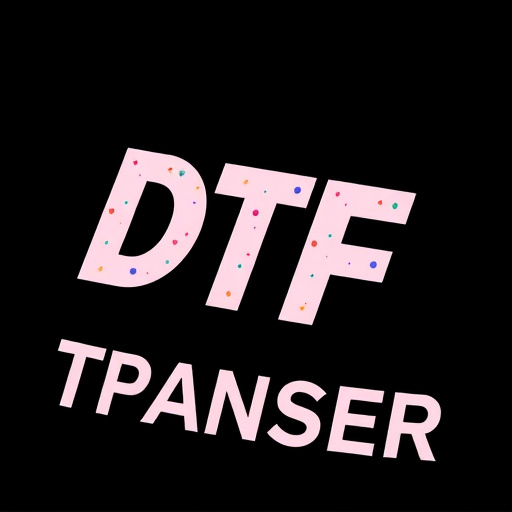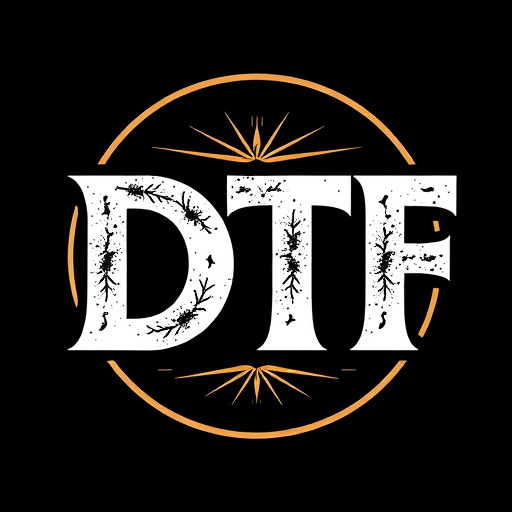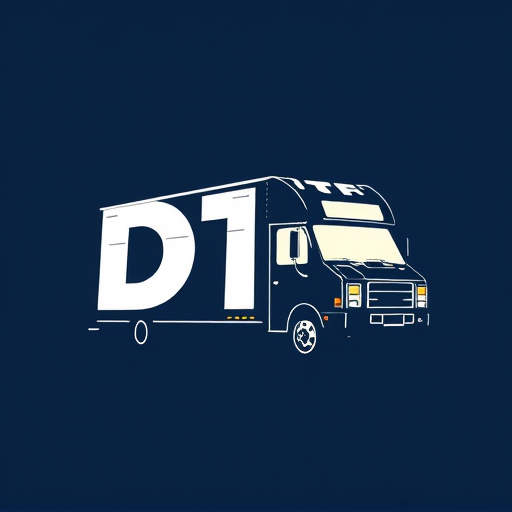Direct-to-film (DTF) technology is a revolutionary printing method offering vibrant multi-colored designs with exceptional accuracy. Through DTF Transfer, designers can create intricate artwork for textiles, packaging, and signage. DTF Printing involves converting digital designs into compatible formats for specialized printers to deposit ink layer by layer onto films, resulting in durable, water-resistant prints. Choosing the right transfer films and substrates is crucial for optimal results. DTF has transformed fashion, signage, and packaging design with its creative possibilities. The future of DTF technology looks bright, with advancements in inks, coatings, AI integration, and printhead miniaturization driving innovation.
Discover the vibrant world of multi-colored design revolutionised by Direct-to-Film (DTF) technology. This cutting-edge process is transforming industries, offering unparalleled clarity and color fidelity for complex prints. In this comprehensive guide, we demystify DTF transfer, exploring its benefits for creating stunning visuals across diverse sectors. From understanding the technology to choosing materials and mastering the process, get ready to dive into the future of DTF printing and unlock endless creative possibilities.
- Understanding Direct-to-Film (DTF) Technology: A Comprehensive Overview
- The Benefits of DTF Transfer for Multi-Colored Designs
- Choosing the Right Materials for Vibrant DTF Prints
- Creative Applications of DTF Printing in Different Industries
- Mastering the DTF Process: From Design to Final Print
- Future Trends and Innovations in DTF Transfer Technology
Understanding Direct-to-Film (DTF) Technology: A Comprehensive Overview
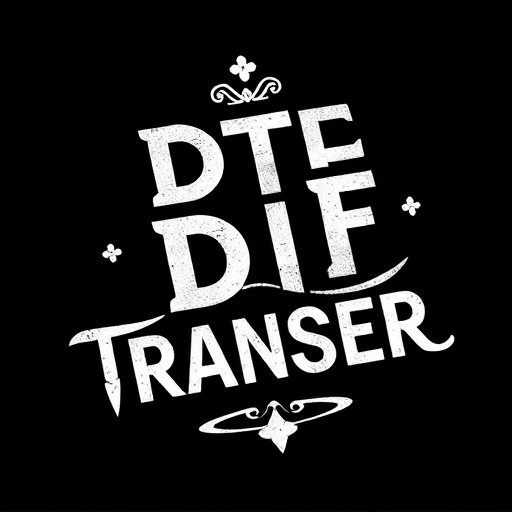
Direct-to-film (DTF) technology is a cutting-edge printing method that has revolutionized the way we create vibrant, multi-colored designs for various applications. It involves transferring high-quality prints directly onto films, enabling efficient and precise pattern reproduction. This innovative technique is particularly popular in industries like textiles, packaging, and signage due to its ability to produce intricate and eye-catching visuals.
DTF printing offers numerous advantages over traditional methods. With DTF Transfer, designers can achieve exceptional color accuracy and detail, making it ideal for complex artistic expressions. The process starts by creating a digital design, which is then converted into a format compatible with specialized printers. These printers precisely deposit ink onto the film, layer by layer, resulting in captivating prints that are both durable and water-resistant. DTF Prints have found their place in everyday life, from adorning clothing with bold graphics to enhancing the aesthetics of promotional materials and decorative items.
The Benefits of DTF Transfer for Multi-Colored Designs
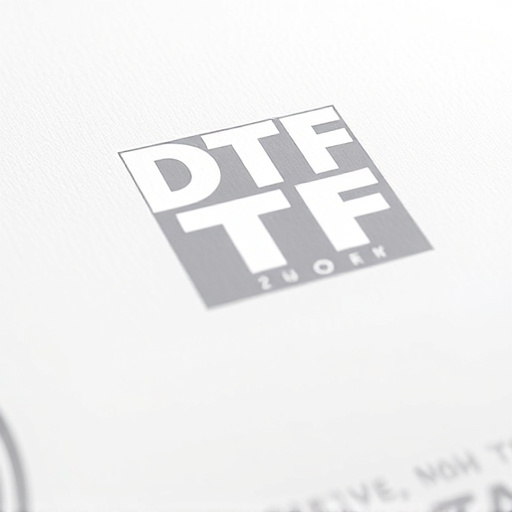
The Direct-to-Film (DTF) transfer process offers a plethora of advantages for creating vibrant multi-colored designs on various surfaces, making it a preferred method in the printing industry. One of its key benefits is the ability to produce intricate and detailed prints with exceptional color accuracy. DTF technology enables the reproduction of complex artwork, patterns, and gradients without compromising on the final output’s quality. This makes it ideal for designing eye-catching garments, accessories, or even signage that requires a rich palette of colors.
Additionally, DTF Printing allows for cost-effectiveness and efficiency in production. The direct application of ink onto the film eliminates the need for separate plates or screens, streamlining the printing process. This reduces setup time and costs, making it a viable option for small to medium-sized batches of multi-colored prints. Moreover, DTF transfers provide excellent durability, ensuring that vibrant designs withstand wear and tear, making them suitable for both indoor and outdoor applications.
Choosing the Right Materials for Vibrant DTF Prints
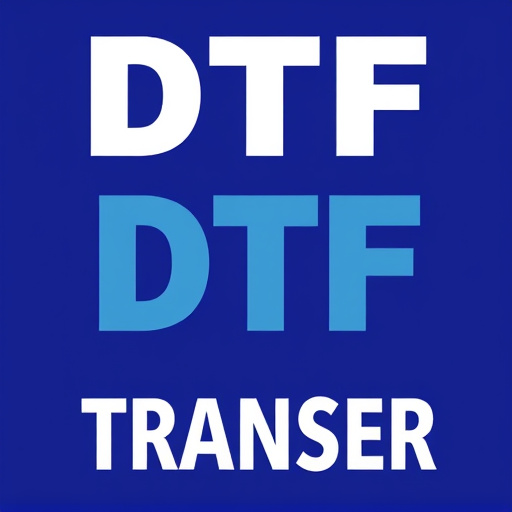
When it comes to vibrant multi-colored designs using direct-to-film (DTF) technology, choosing the right materials is paramount for achieving exceptional DTF prints. The first step involves selecting high-quality DTF transfer films that are compatible with your printing system. These films should offer excellent color accuracy and opacity, ensuring each color layer is precisely reproduced. Look for products specifically designed for DTF Printing, as they often include advanced features like improved adhesion and durability.
Additionally, the substrate or material you choose to print on significantly impacts the final outcome. For DTF Prints, suitable substrates include various types of plastics, metals, and even some fabrics. Each has its unique properties, affecting factors like reflectivity, texture, and resistance to fading. Understanding these characteristics allows for tailored adjustments in printing techniques and settings, ensuring your designs pop with vibrant colors that last.
Creative Applications of DTF Printing in Different Industries
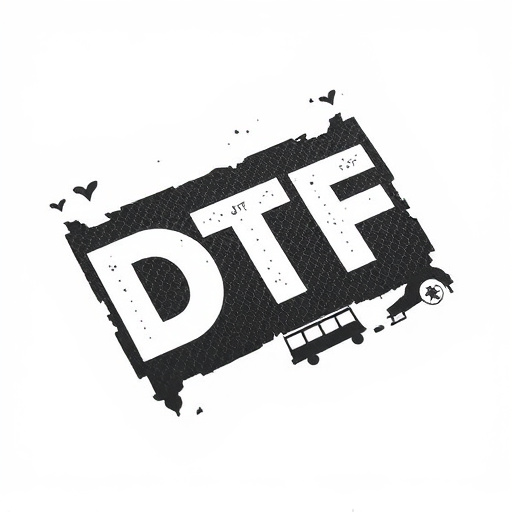
Direct-to-film (DTF) printing has found its creative niche across various industries, offering a unique and versatile approach to design. One of its standout applications is in the fashion industry, where DTF transfers are used to create eye-catching, multi-colored garments. This technology enables designers to seamlessly incorporate intricate patterns and graphics directly onto fabrics, pushing the boundaries of traditional printing methods. From bold, vibrant T-shirts to custom-made dresses, DTF prints have become a game-changer for fashion enthusiasts seeking unique, personalized pieces.
Beyond fashion, DTF technology has made its mark in signage and advertising. Businesses utilize DTF transfers to produce visually stunning signs, posters, and banners with vivid colors and sharp details. This method is particularly advantageous for creating temporary or seasonal displays, allowing companies to quickly update their marketing materials. Additionally, the versatility of DTF Printing extends to packaging design, where it adds a layer of creativity and allure to product wrapping, enhancing brand identity and attracting consumers’ attention.
Mastering the DTF Process: From Design to Final Print

Mastering the DTF Process involves a meticulous journey from design conception to the final, vibrant print. It begins with creating digital designs that are optimized for direct-to-film (DTF) transfer. These designs are then carefully prepared, ensuring they meet the precise specifications required by the DTF Printing method. The digital file is sent to the printing machine, where it’s transformed into a physical image on a film. This film acts as a template, allowing for accurate and detailed reproduction of the design onto various materials like clothing, textiles, or even ceramics.
The heart of the process lies in the machine’s precision, which precisely aligns and bonds the film to the substrate. The DTF Transfer technology ensures that each color is laid down with exquisite detail, creating a multi-colored design that pops with vibrancy. After the transfer, further processing may include curing or heat pressing to set the inks permanently. This meticulous approach results in high-quality DTF Prints, offering a diverse range of colors and possibilities for creative expression.
Future Trends and Innovations in DTF Transfer Technology
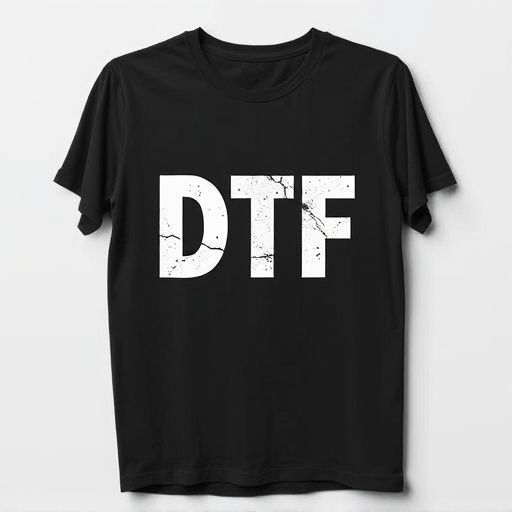
The future of direct-to-film (DTF) transfer technology promises exciting innovations that will take vibrant multi-colored designs to new heights. As demand for unique, personalized, and high-quality prints continues to grow, DTF printing is poised to revolutionize various industries. One key trend is the development of advanced inks and coatings that offer improved durability and water resistance, making DTF prints suitable for outdoor applications and harsh environmental conditions.
Additionally, the integration of AI and machine learning algorithms into DTF printing processes will enable precise color matching, automated design optimization, and even predictive maintenance, enhancing efficiency and reducing waste. With the ongoing miniaturization of printheads, we can expect higher resolution and faster printing speeds, allowing for intricate details and complex designs to be achieved with greater ease. These advancements are set to open up new possibilities for DTF technology in fields such as fashion, signage, and packaging, creating captivating DTf prints that capture the essence of modern design aesthetics.
